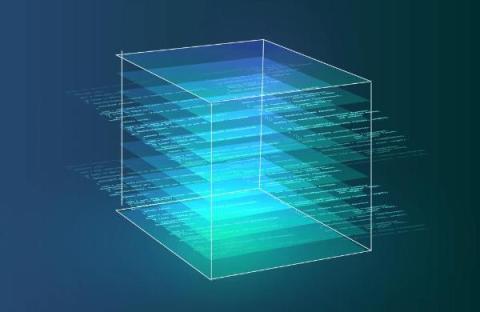Bitbucket Cloud Integration with Mend
Maximize your Bitbucket Cloud security with a one powerful integration. Get automated dependency updates with Mend Renovate, open-source security with Mend SCA, and code flaw detection with Mend SAST to streamline your workflow and code protection. Mend.io.









